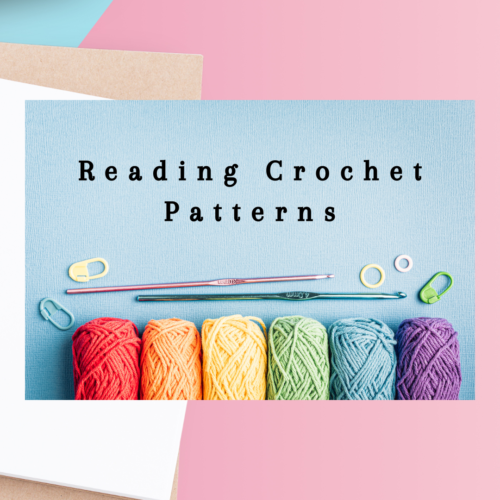
Mastering the Art of Reading Crochet Patterns: A Beginner’s Step-by-Step Guide

Table of Contents
Introduction
Crochet, a skill that blends creativity with technique, is a rewarding craft that turns simple yarn into a tapestry of art. As a beginner, the journey into crochet can seem daunting, especially when faced with the challenge of understanding written patterns. This detailed guide is designed to unravel the complexities of reading crochet patterns, helping beginners embark on this fulfilling journey with confidence and ease.
The World of Crochet Patterns
Crochet patterns are the blueprints for creating various projects. They contain specific instructions that guide you stitch by stitch to the completion of a project. However, these patterns can seem like a cryptic language at first. By breaking down the elements and learning the basics, you’ll soon be reading these patterns as effortlessly as your favorite book.
Understanding Crochet Terminology
Crochet patterns are primarily written in two standard terminologies: US and UK terms. They are similar yet different enough to change the outcome of your project if misunderstood. For instance, the US single crochet (sc) is the UK double crochet (dc). Familiarizing yourself with these terminologies is crucial.
Deciphering Abbreviations and Symbols
Crochet patterns often use abbreviations to simplify instructions. Common abbreviations include ‘ch’ for chain, ‘sc’ for single crochet, and ‘dc’ for double crochet. Additionally, symbols are used in crochet charts, providing a visual representation of the pattern. Learning these abbreviations and symbols is like learning a new language – challenging but rewarding.
The Structure of a Crochet Pattern
- Title and Description: This section gives you an overview of the project, including its purpose and appearance.
- Materials List: It details the type and amount of yarn, the size of the crochet hook, and any additional materials required.
- Gauge: Essential for sizing, gauge indicates the number of stitches per inch. To achieve the right size, match your tension to the gauge specified in the pattern.
- Pattern Notes: Here, the designer might include special instructions, tips, or explanations of unusual techniques used in the pattern.
- The Pattern Itself: This is the core of the document, where the step-by-step instructions are listed.
Breaking Down Crochet Instructions
- Foundation Chain: Most patterns start with creating a foundation chain, which is the base of your crochet work.
- Row-by-Row Instructions: Patterns provide detailed steps for each row or round. They are usually numbered or marked with bullet points for clarity.
- Repeats: Instructions within asterisks (*) or brackets ([]) are meant to be repeated as specified.
- Special Stitches and Techniques: Some patterns include unique stitches or techniques, often explained in the pattern notes.
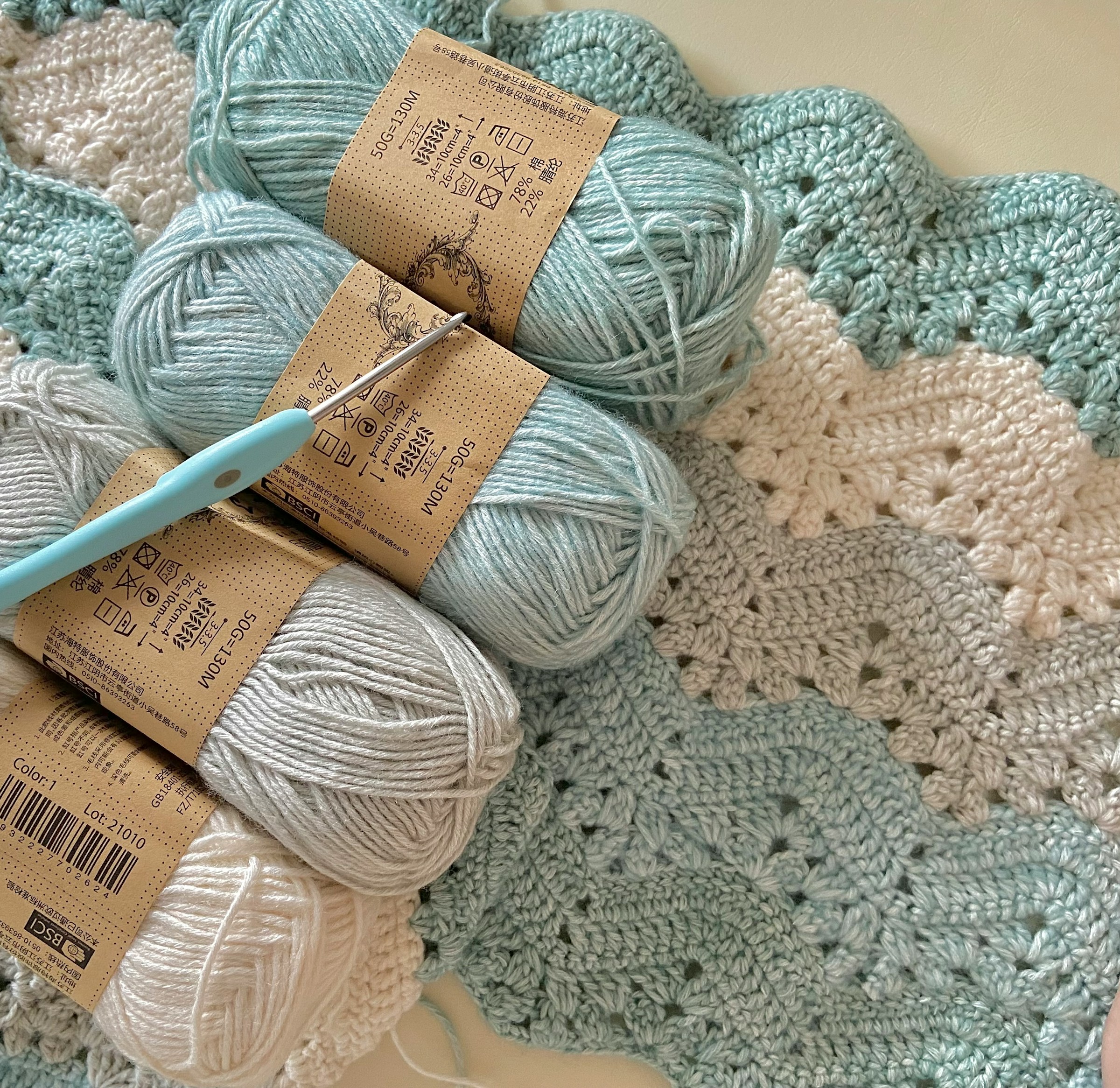
Tips for Reading Crochet Patterns
- Practice with Simple Patterns: Start with basic patterns and progressively tackle more complex ones.
- Create a Crochet Dictionary: Keep a handy list of abbreviations and terms.
- Use Stitch Markers: These are helpful for marking your place in the pattern, especially in rounds or complex stitch repeats.
- Check Your Work: Regularly compare your work against the pattern to ensure accuracy.
Advanced Elements in Crochet Patterns
As you progress, you’ll encounter more complex elements:
- Increases and Decreases: These techniques are used for shaping your work.
- Joining New Colors: Patterns will guide you on how to change colors seamlessly.
- Finishing Techniques: Instructions for fastening off, weaving in ends, and blocking your work for a professional finish.
Common Challenges and Solutions
- Misreading Instructions: Always read through the entire pattern before starting. If a section is confusing, seek clarification from more experienced crocheters or online forums.
- Maintaining Consistent Tension: This comes with practice. Use a gauge swatch to match the pattern’s tension.
- Understanding Complex Stitches: Utilize online resources, like tutorial videos, to learn new stitches.
Online Resources for Learning
Numerous online resources are available to aid in your learning:
- Tutorial Websites: Sites like Ravelry offer step-by-step guides.
- Video Tutorials: YouTube channels provide visual aid for various crochet techniques.
- Online Crochet Communities: Forums and social media groups offer support, advice, and pattern recommendations.
Keeping the Passion Alive
Remember, crochet is more than just following patterns; it’s a creative expression. As you grow in your skills, experiment with altering patterns to add your personal touch. The beauty of crochet lies in its flexibility and the endless possibilities it offers.
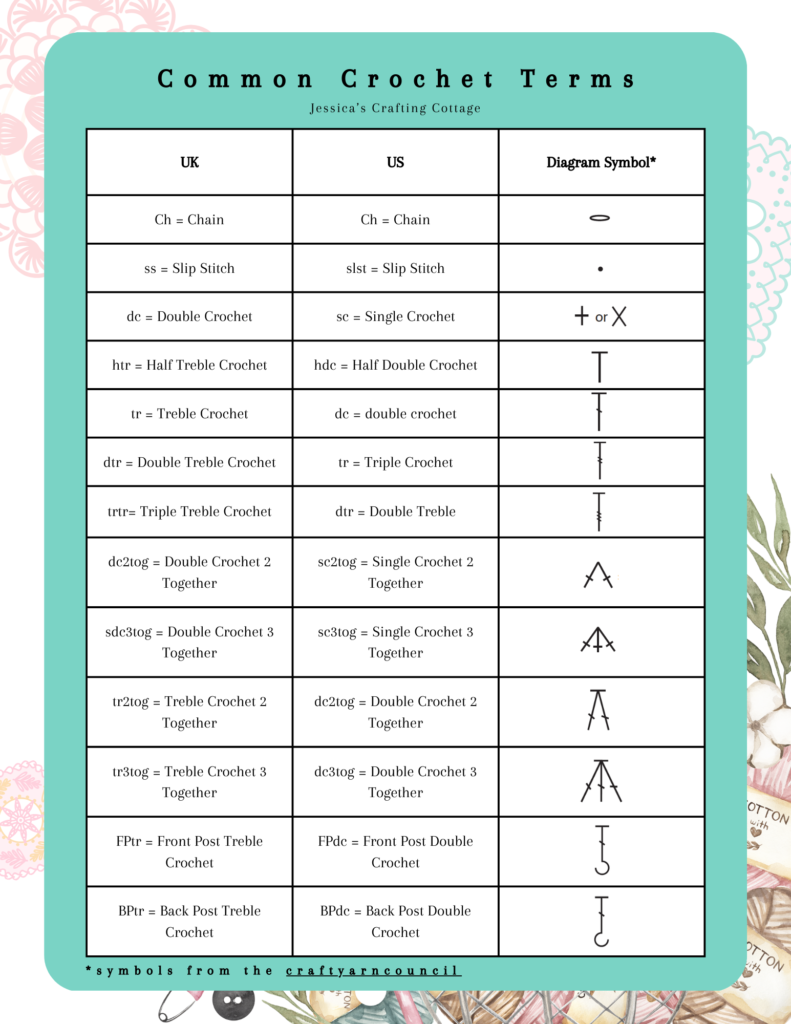

Conclusion
Reading crochet patterns is a skill that develops over time. With patience, practice, and a passion for learning, you’ll soon find yourself fluent in the language of crochet. Embrace each project as a new adventure, and enjoy the journey of creating something beautiful with your own hands.
Happy Crafting,
Jessica

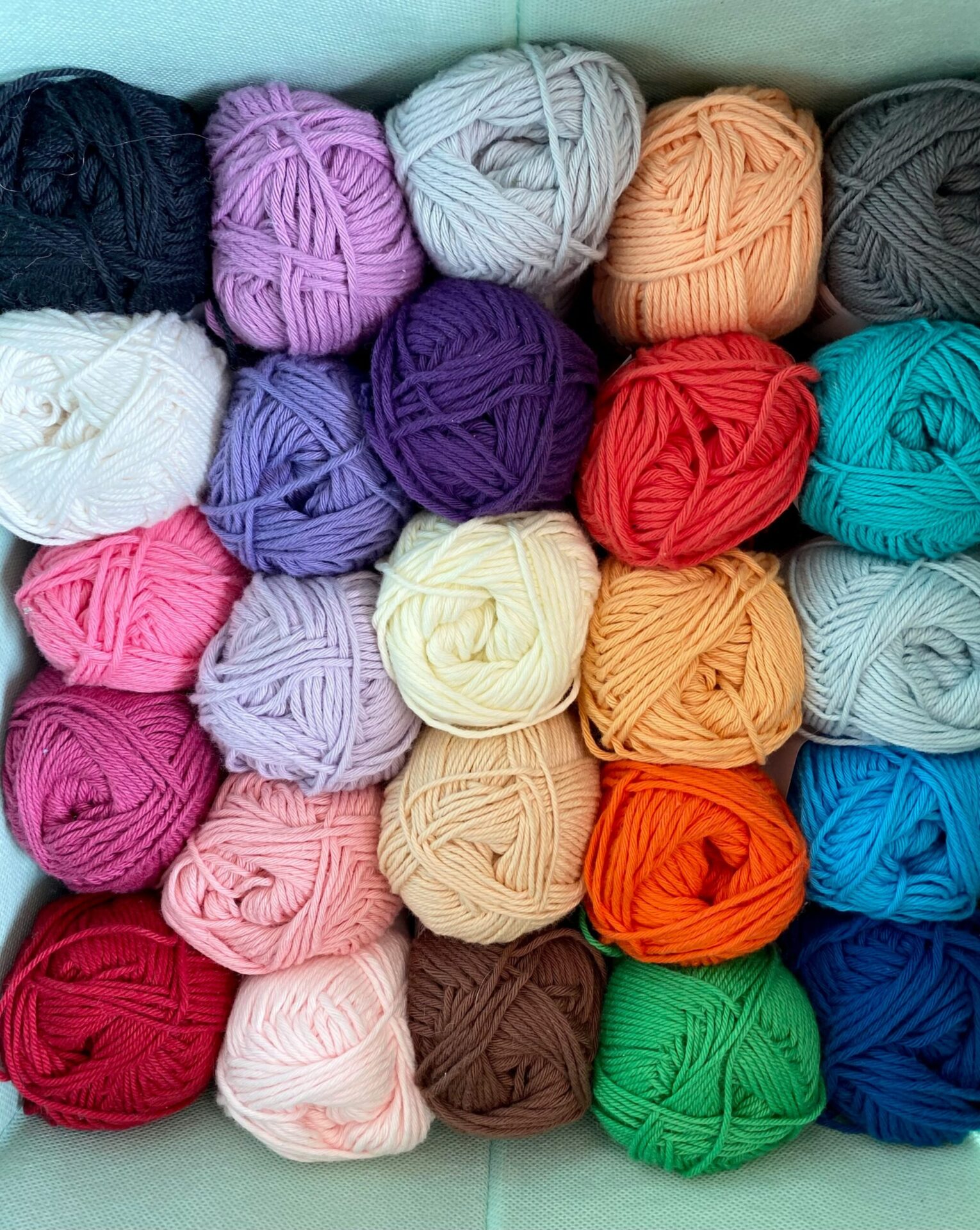

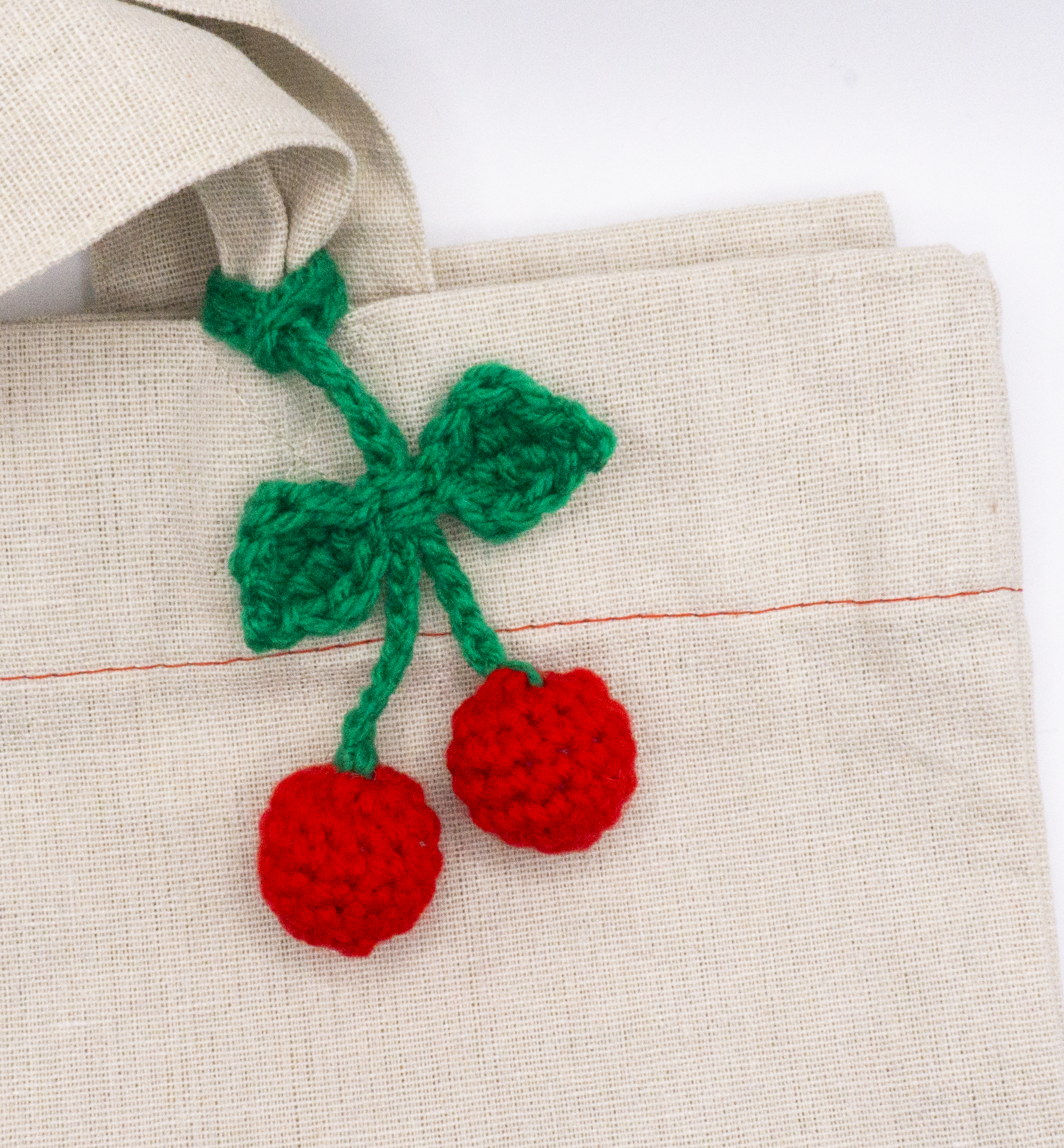
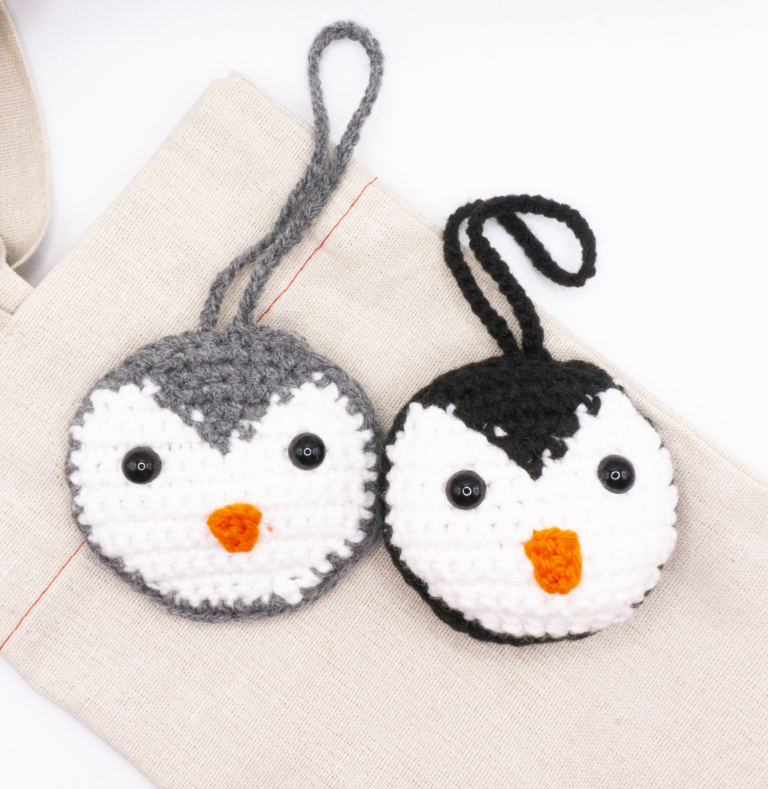
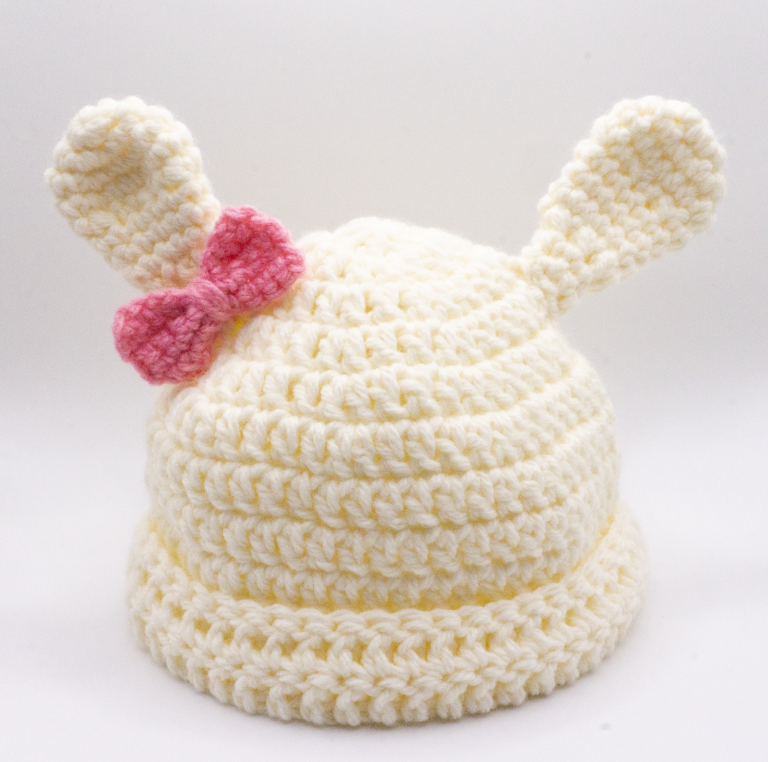
3 Comments
Pingback:
Pingback:
Pingback: